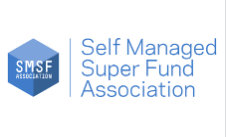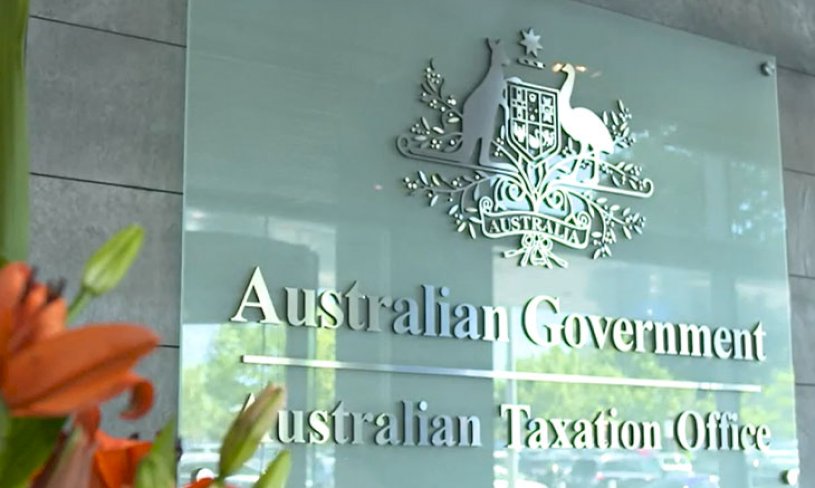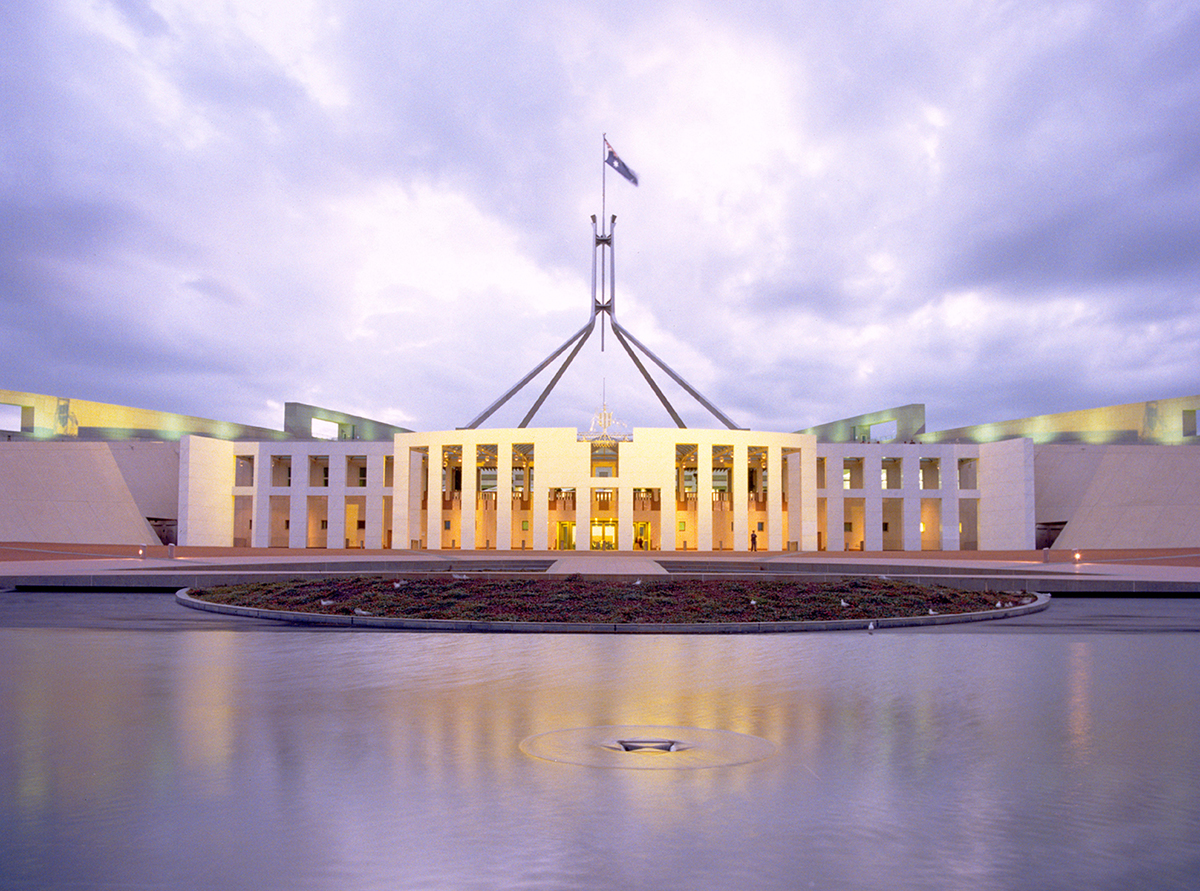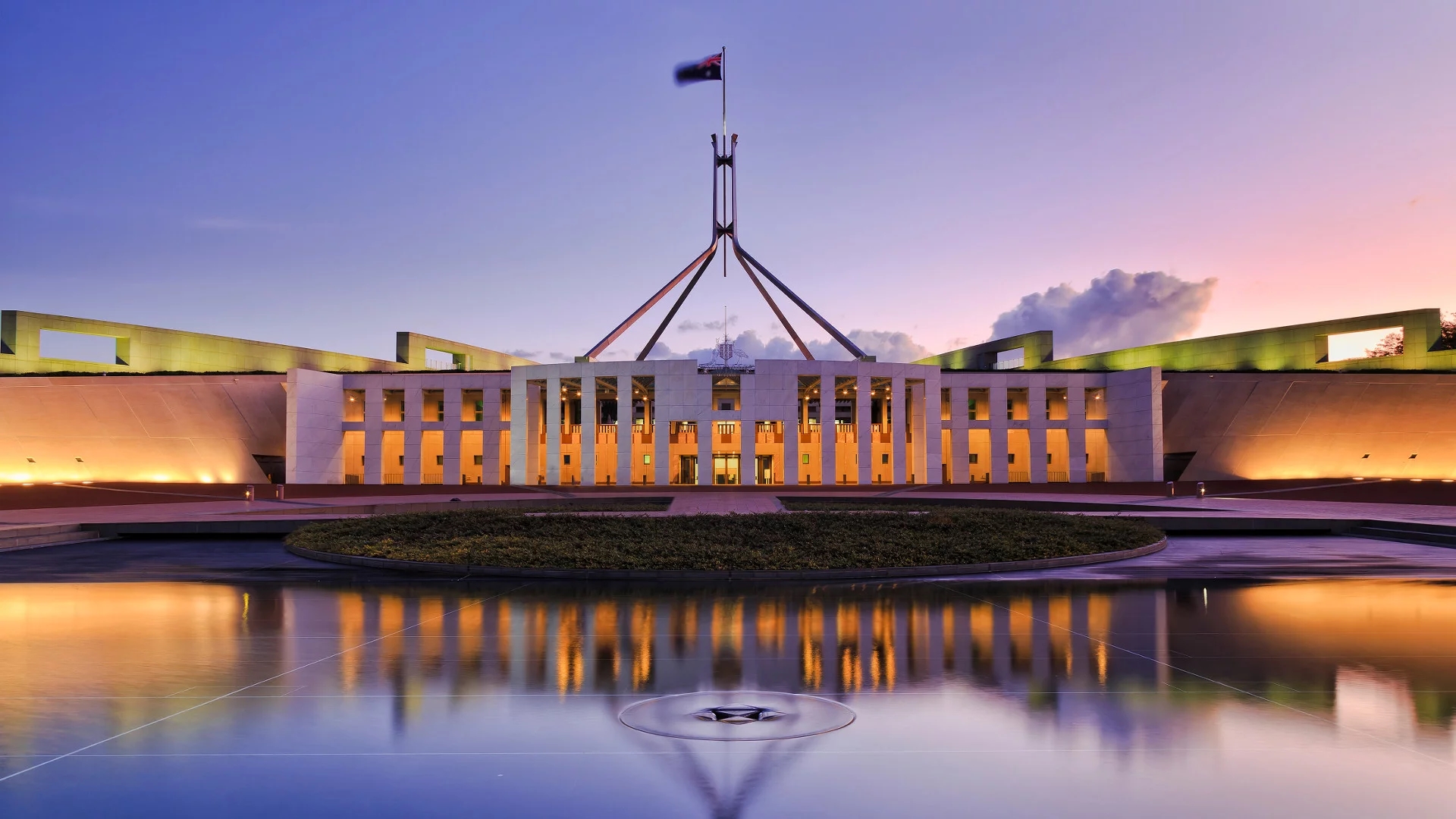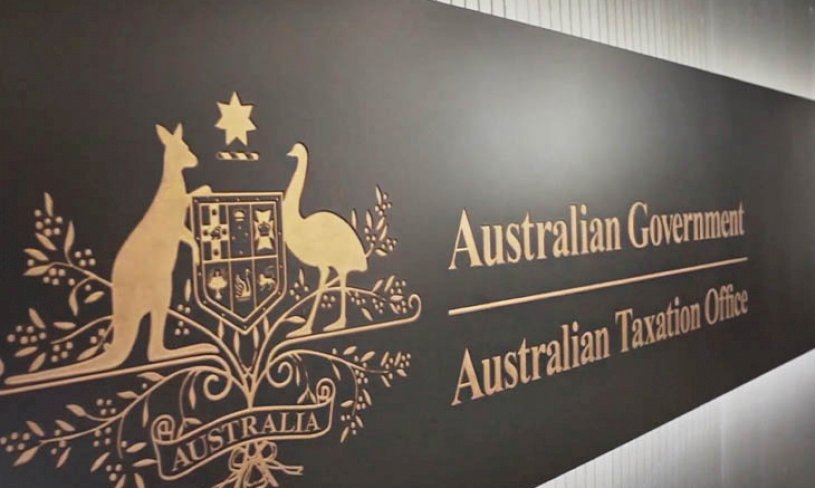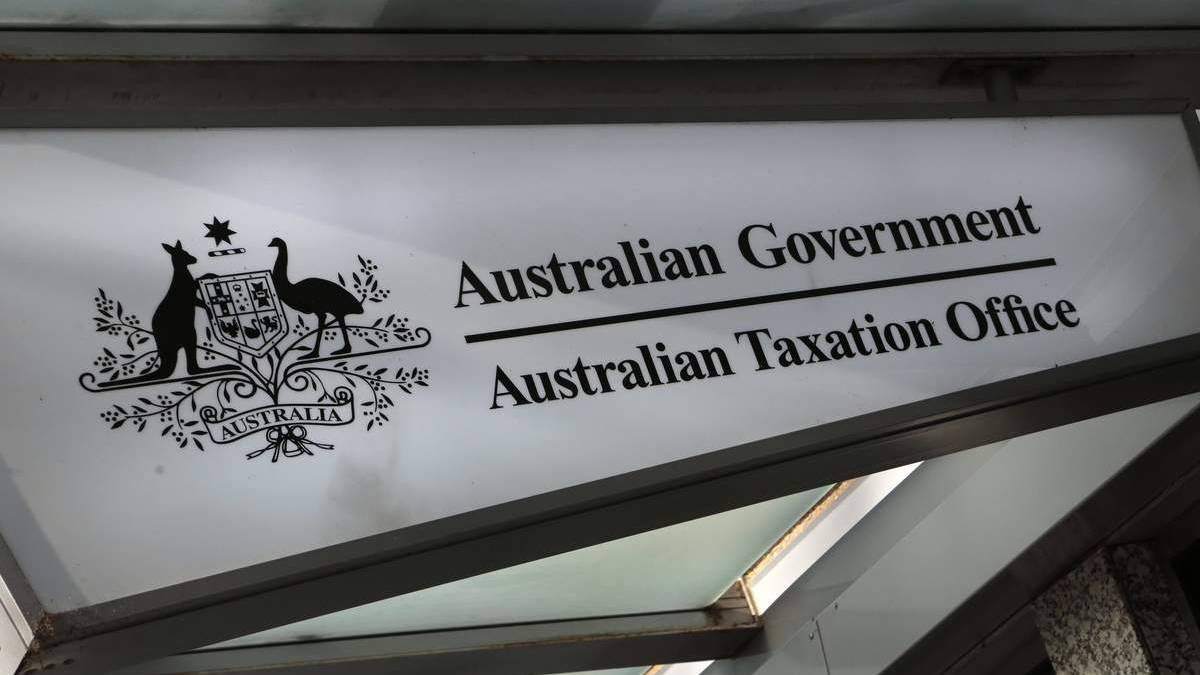The imposition of a retirement income strategy on SMSFs under a new covenant will not create any benefit to funds members, but rather generate further costs undermining the intent of the strategy, a legal firm has warned.
Townsend Business and Corporate Lawyers said the federal government’s proposal for every superannuation fund to have a retirement income strategy under the Retirement Income Covenant would be unsuitable for SMSFs, which were only likely to pay it lip service.
The legal firm made the claim in a submission to Treasury in response to a position paper released by Superannuation, Financial Services and the Digital Economy Minister Jane Hume.
The paper stated the covenant will impose a duty for super fund trustees to develop and document a strategy to assist retirement or near retirement age members to maximise their retirement income, manage risks to the sustainability and stability of their retirement income and to provide flexibility in accessing super savings during their retirement.
In claiming the covenant and strategy would not generate any practical benefit to SMSF members, the law firm pointed out limited retirement income options were available to an SMSF.
“The only retirement income stream product which can be issued by SMSFs are account-based pensions,” it said.
“The only means of increasing retirement income is to dial up the pace of capital consumption or the adoption of investment strategies involving greater investment returns at the cost of higher increased investment risk.
“There is no scope for augmenting pension capital by the trustee issuing some form of pooled income stream product – as the membership base of SMSFs is too small for pooled products.”
It added that because pooled retirement income products were unavailable to SMSFs, they operated in a different way to non-SMSFs in ensuring retirement income was sustainable over the long term.
“Longevity risk can only be managed by moderating the pension drawdown rate; investment risk can only be moderated by a weighting towards defensive assets as against growth assets; and selection risk can only be moderated by having a cash component sufficient to support one or two years’ pension payments,” it said.
“The member could purchase, from a third party, a lifetime income stream. However, this is a decision best left to the individual member and their willingness to accept the significant capital cost of such guarantees.
“Finally, it should be noted that the current regulatory design features of account-based pensions are at cross purposes with the sustainability and stability goal set out in the paper and, also, the retirement consumption pattern noted in the Retirement Income Review.
“The age-related and increasing minimum drawdown requirement undermines management of the longevity risk and the requirement to make pension payments in cash rather than in specie asset transfers increases both investment and selection risks.”
It said given these limitations with SMSFs, and the small size of the membership of most funds, there was no scale within the funds for the expense of implementing a strategy on each member’s retirement savings.
“Compliance with the RI (Retirement Income) Covenant will be formalistic at best and the regulator will be required to challenge the performance of the RI Covenant, which will be beyond the regulator’s resources and skills,” it added
Source: smsmagazine.com.au


